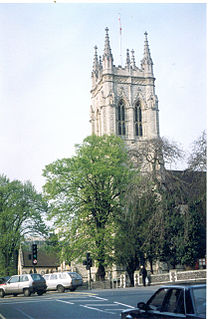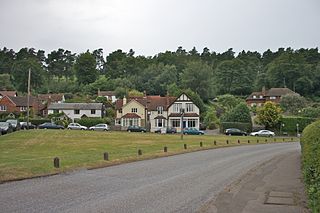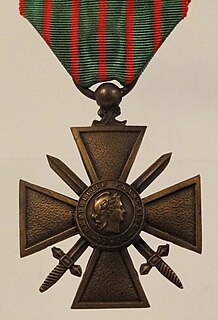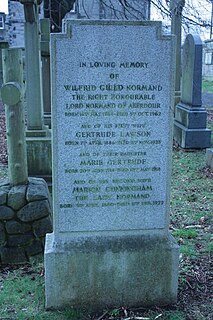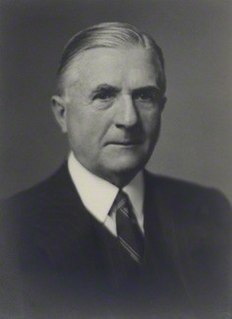| The Right Honourable The Lord Greene OBE MC PC | |
|---|---|
| Master of the Rolls | |
| In office 26 April 1937 –1 June 1949 | |
| Preceded by | The Lord Wright |
| Succeeded by | The Lord Evershed |
| Personal details | |
| Born | Wilfred Arthur Greene 30 December 1883 Beckenham, Kent |
| Died | 16 April 1952 (aged 68) Dorking, Surrey |
| Nationality | British |
| Spouse(s) | Nancy Wright |
| Alma mater | Christ Church, Oxford |
| Profession | Barrister, judge |
Wilfred Arthur Greene, 1st Baron Greene OBE MC PC (30 December 1883 – 16 April 1952) was a British lawyer and judge, noted for creating two crucial principles of administrative law, the Wednesbury doctrine and the Carltona doctrine.

The Military Cross (MC) is the third-level military decoration awarded to officers and other ranks of the British Armed Forces, and formerly awarded to officers of other Commonwealth countries.

Her Majesty's Most Honourable Privy Council, usually known simply as the Privy Council of the United Kingdom or just the Privy Council, is a formal body of advisers to the Sovereign of the United Kingdom. Its membership mainly comprises senior politicians who are current or former members of either the House of Commons or the House of Lords.

The United Kingdom (UK), officially the United Kingdom of Great Britain and Northern Ireland, is a sovereign country located off the north-western coast of the European mainland. The United Kingdom includes the island of Great Britain, the north-eastern part of the island of Ireland, and many smaller islands. Northern Ireland is the only part of the United Kingdom that shares a land border with another sovereign state, the Republic of Ireland. Apart from this land border, the United Kingdom is surrounded by the Atlantic Ocean, with the North Sea to the east, the English Channel to the south and the Celtic Sea to the south-west, giving it the 12th-longest coastline in the world. The Irish Sea lies between Great Britain and Ireland. With an area of 242,500 square kilometres (93,600 sq mi), the United Kingdom is the 78th-largest sovereign state in the world. It is also the 22nd-most populous country, with an estimated 66.0 million inhabitants in 2017.
